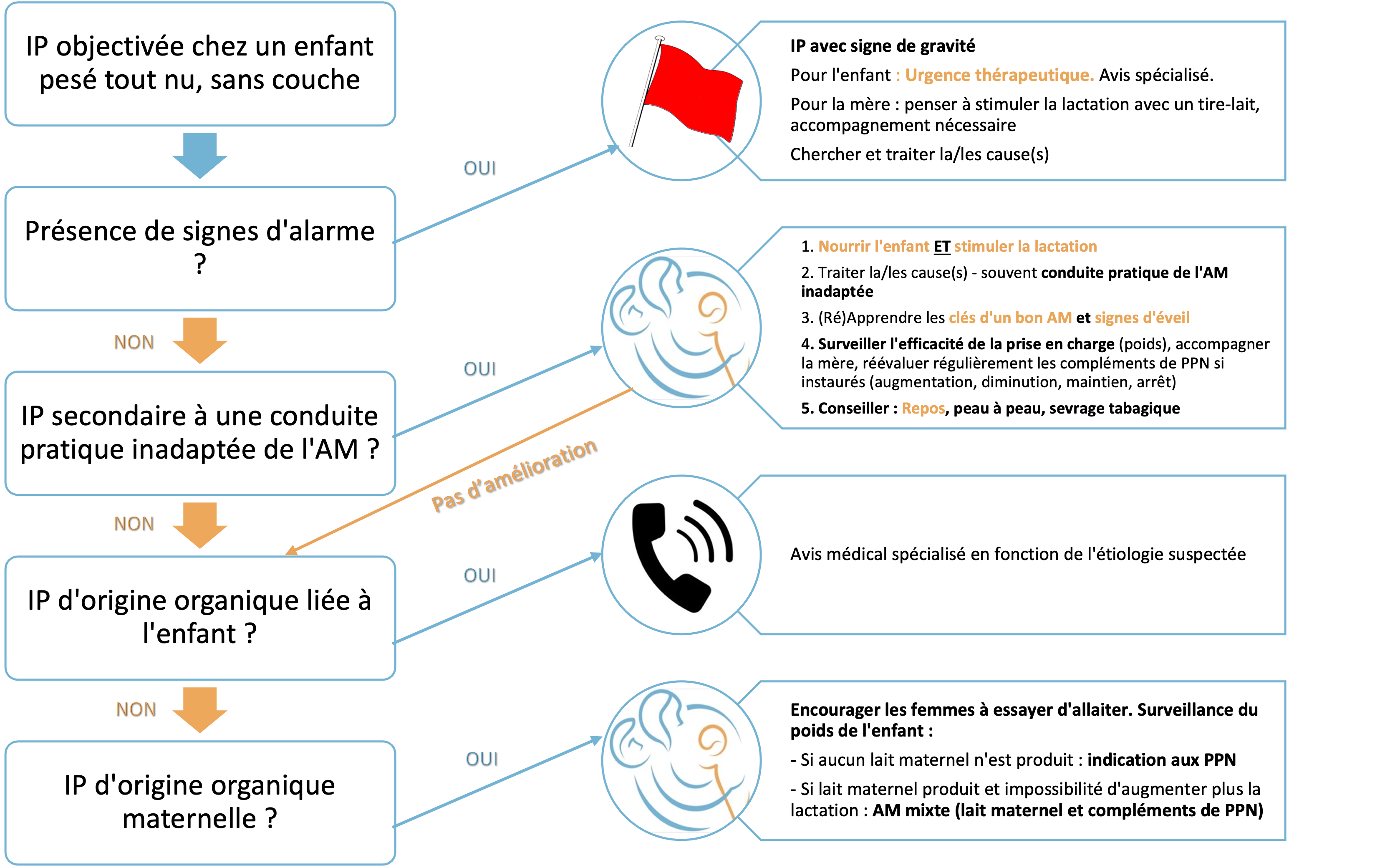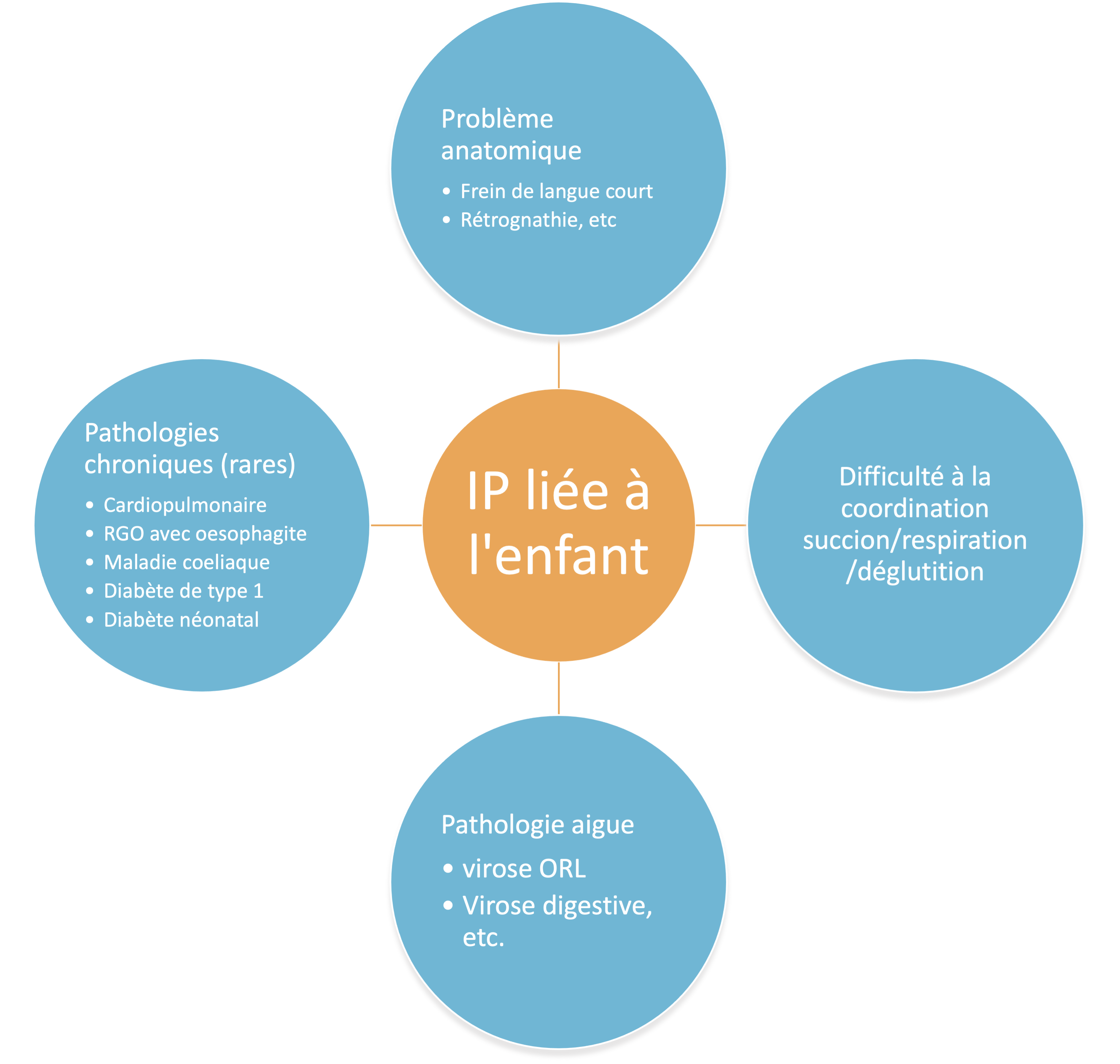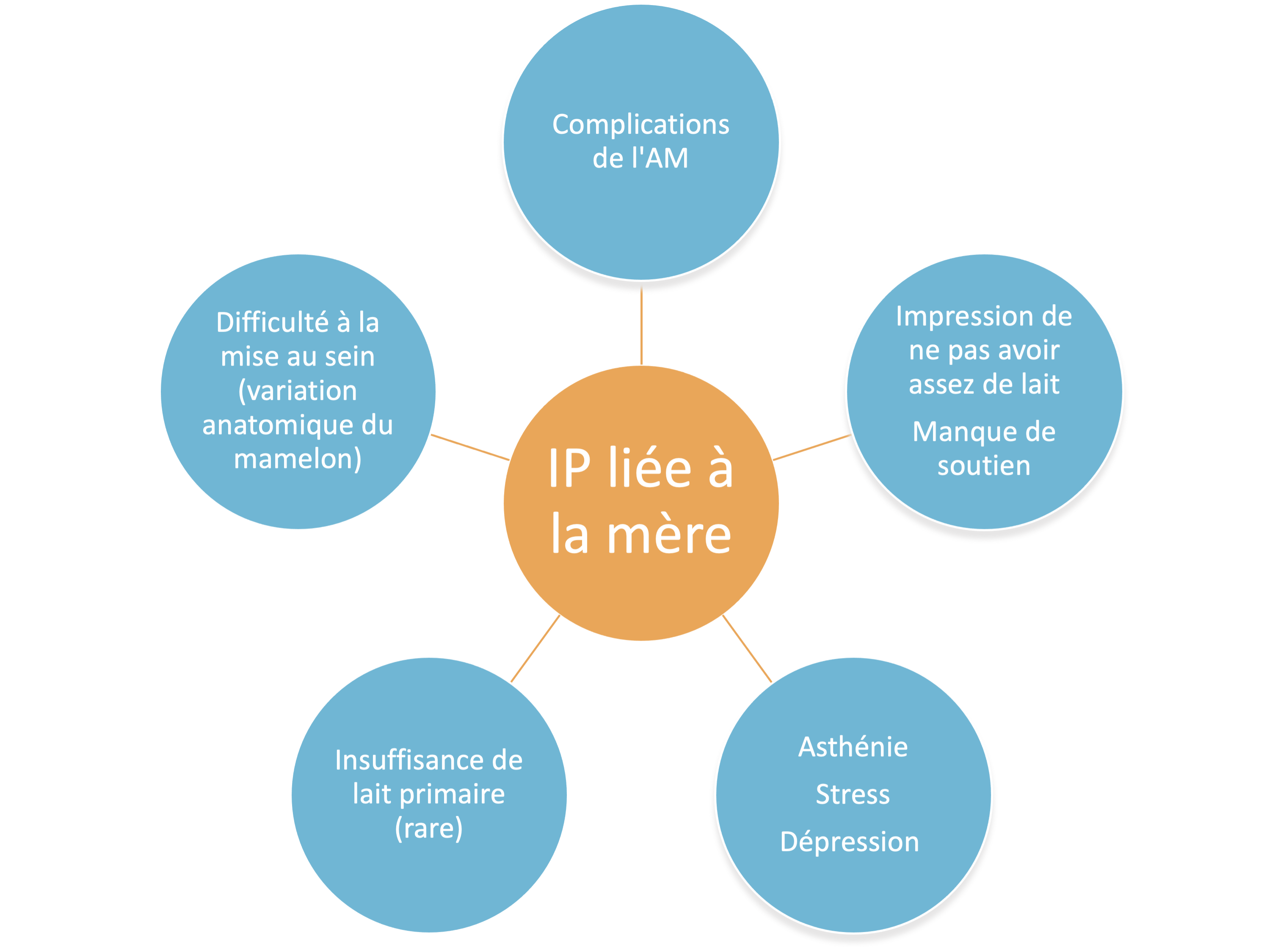Bibliographie
| ↑1 | La commission européenne. Règlement délégué (UE) 2016/127 de la Commission du 25 septembre 2015 complétant le règlement (UE) n° 609/2013 du Parlement européen et du Conseil en ce qui concerne les exigences spécifiques en matière de composition et d’information applicables aux préparations pour nourrissons et aux préparations de suite et les exigences portant sur les informations relatives à l’alimentation des nourrissons et des enfants en bas âge (Texte présentant de l’intérêt pour l’EEE) [Internet]. JO L 25 du 2.2.2016 p. 1–29. Disponible ici |
|---|---|
| ↑2 | Agence Française de Sécurité Sanitaire des Aliments. Guide nutrition des enfants et ados pour tous les parents – Livret d’accompagnement destinés aux professionnels de santé. 2004. |
| ↑3 | Kellams A, Harrel C, Omage S, Gregory C, Rosen-Carole C, the Academy of Breastfeeding Medicine. ABM Clinical Protocol #3: Supplementary Feedings in the Healthy Term Breastfed Neonate, Revised 2017. Breastfeeding Medicine. mai 2017;12(4):188‑98. |
| ↑4 | Duclos Camille et Duranton Betty. Série de revues narratives de la littérature autour des troubles de la croissance pondérale chez les bébées de 0 à 6 mois exclusivement allaités au sein [Thèse de médecine]. 2020. |
| ↑5 | La consommation de préparations infantiles hypoallergéniques n’est pas associée à un moindre risque d’allergies chez les nourrissons [Internet]. Salle de presse | Inserm. 2019 [cité 6 déc 2020]. Disponible ici |
| ↑6 | Sophie BACCONIN. Réalisation d’une fiche pratique concernant les modalités de la diversification alimentaire chez l’enfant en bonne santé en France selon la méthode proposée par la Haute Autorité de Santé [Thèse de médecine]. Saint Etienne; 2019. |
| ↑7, ↑8 | Hojsak I, Bronsky J, Campoy C, Domellöf M, Embleton N, Fidler Mis N, et al. Young Child Formula: A Position Paper by the ESPGHAN Committee on Nutrition. Journal of Pediatric Gastroenterology and Nutrition. janv 2018;66(1):177‑85. |
| ↑9 | Ghisolfi J, Vidailhet M, Fantino M, Bocquet A, Bresson J-L, Briend A, et al. Lait de vache ou lait de croissance : quel lait recommander pour les enfants en bas âge (1–3 ans) ? Archives de Pédiatrie. avr 2011;18(4):355‑8. |
| ↑10 | Bocquet A, Turck D, Briend A, Chouraqui JP, Darmaun D, Dupont C, et al. Les préparations pour nourrissons dénommées « en relais de l’allaitement maternel » sont-elles utiles ? Archives de Pédiatrie. déc 2015;22(12):1213‑6. |
| ↑11 | M. Robert Unité de Nutrition et Métabolisme, H.U.E.R.F. L’alimentation du nourrisson. Rev Med Brux. 2012;(33):328‑33. |
| ↑12 | Anses. Avis de l’Agence nationale de sécurité sanitaire de l’alimentation de l’environnement et du travail relatif aux risques liés à l’utilisation de boissons autres que le lait maternel et les substituts du lait maternel dans l’alimentation des nourrissons de la naissance à 1 an. 2013. |





